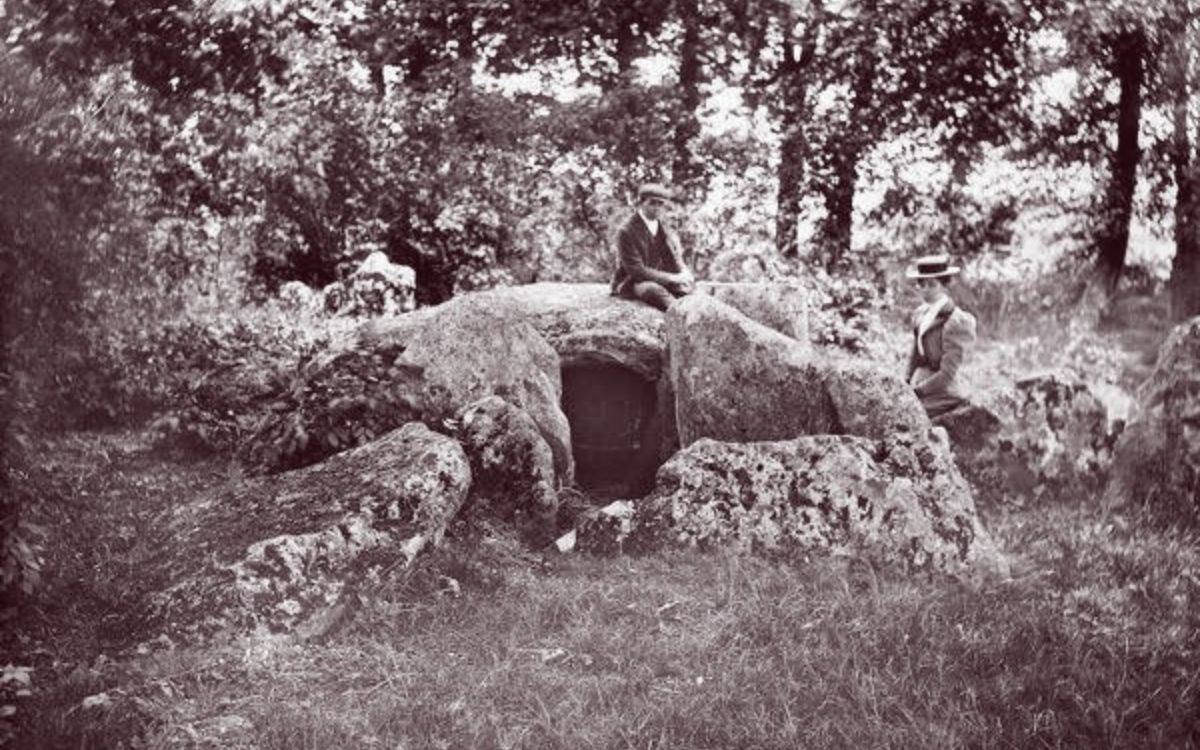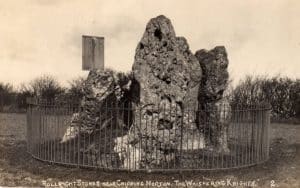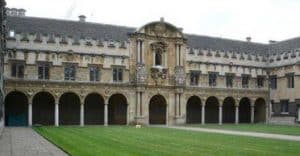Wayland’s Smithy is a mysterious Neolithic stone structure in Oxfordshire once believed to be home of the Saxon god of metal working.
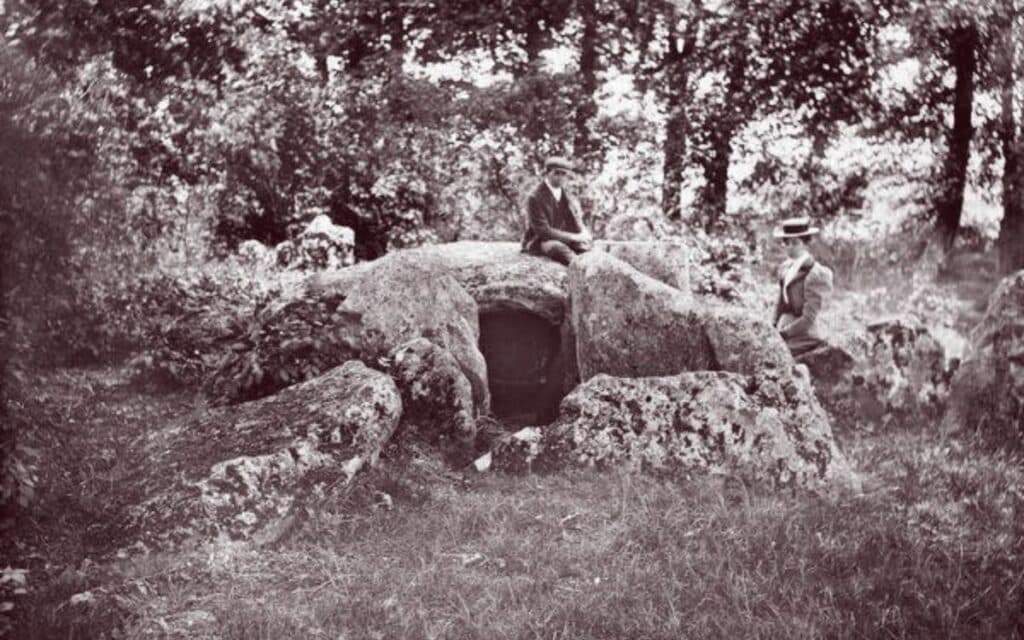
Many consider Wayland’s Smithy’s tomb to be the apex of British Neolithic architecture. The name of this ancient place, which may be older than 4000 years, was inspired by Wayland, the Saxon deity of metallurgy.
Wayland’s Smithy is situated along the Ridgeway in Oxfordshire, not far from the well-known Ufflington White Horse. This Neolithic burial site was built gradually over time. The earliest known construction to be recognised as a monument was a mausoleum erected between 3590 and 3555 BC.
After being abandoned for a time, it was eventually buried beneath a larger barrow dating back one hundred years.
According to the skeletal remains discovered, there were 14 graves at this place between the years 3590 and 3550 BC. Between 3460 and 3400 BC, a bigger barrow was built on top of the smaller one. Tourists may visit today and inspect the ruins.
Because of the mysterious nature of the blacksmith’s trade, it was thought that alien creatures were responsible for the creation of many ancient monuments. Perhaps the tomb’s resemblance to a labyrinth is why it was associated with the god of blacksmiths.
Who was Wayland?
Legends from across Europe tell of a master blacksmith named Wayland (or Weland) who was known for his exceptional craftsmanship. Some stories have him as the ruler of the elves.
His life is recounted in the Völundarkvida, a poem from the Elder, or Poetic, Edda written in Iceland about the year 1300, and in the Thidriks saga, a work of Icelandic prose written around the same time.
Beowulf, written between the 6th and 9th centuries, makes reference to him, as do the Anglo-Saxon poems Waldere and “Deor,” and a note added by Alfred the Great to his translation of Bothius from the 8th century.
King Ndud (Nithad, or Nduth) of Sweden had Wayland caught and injured so he couldn’t get away, and put to work in the royal smithy.
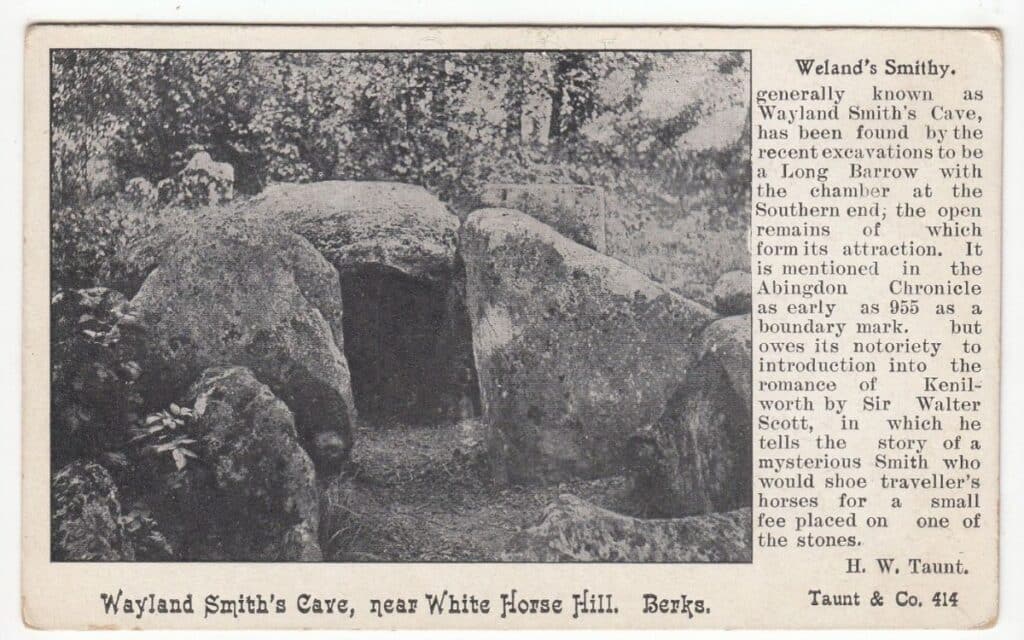
Wayland took his anger out on Ndud’s two young kids by killing them and then using their skulls to create drinking bowls, which he then brought to Ndud. And when their sister Bödvild brought him a gold ring to be repaired, he raped her as well, before using his enchanted flying to get away.
Stories like this one allegedly propagated throughout Anglo-Saxon culture, and the tomb’s unusual characteristics ultimately led to its association with Wayland.
Legend of Wayland’s Smithy
The English monument of Wayland’s Smithy is a stone tomb said to have been built by Wayland that is located near White Horse Hill in Berkshire, according to local legend.
Supposedly, a ghostly blacksmith who lives in the room would shoe a traveler’s horse if he leaves a penny on a nearby stone and disappears for a time.
The charm won’t work if he makes any effort to keep an eye on the smithy or even stares in that direction. Parallel accounts have been documented in other European countries, including Germany, Denmark, and Belgium.
It is widely believed that Wayland is buried either at a spot in Vellerby, Jutland, or behind a group of big stones near Sisebeck, Sweden.
Have you been to Wayland’s Smithy? Tell us about your experience!

